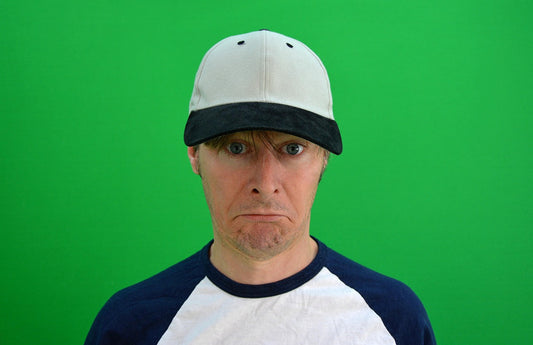In the realm of high-end audio, the quest to understand and quantify what we hear has been both a passion and a challenge for audiophiles and engineers alike. While we've made incredible strides in measuring and analyzing audio equipment—heck, we can now see down to -140dB, something only dreamed about decades ago—there remains an entire realm of subjective perception that eludes the grasp of our current measurement tools.
Which is a fancy way of saying we cannot measure or prove that what we hear even exists, let alone tell if we've made progress one way or another.
Take soundstage for an example. The ability of a stereo system to create a three-dimensional soundstage, placing instruments and voices in distinct spatial locations, is more felt than measured.
In fact, if you wanted to measure the quality of your system's soundstage, where would you even begin?
On one of Octave Record's earliest recordings, The Stereo, we carefully measured out a grid pattern for soundstaging. Placing the calibrated stereo microphones in our warehouse we had singers Jessica and Giselle repeat a little acapella ditty at different distances from the microphones. The idea was to test your soundstage depth.
Every system will offer you the feel of the singers moving further away from the microphones, but does it prove there is soundstage depth? And if so, how might we measure that? How might we say it gets better or worse when we change cables or equipment? What sounds like 10 feet on my system and my ears is unlikely to be the same for you.
Fact is, it's subjective. It cannot currently be measured by existing equipment.
Think of it like this classic problem, that of the existence of other minds. It is impossible to prove the existence of other conscious minds beyond your own. While you can observe and interact with other people, you cannot directly access or verify their subjective experiences or thoughts.
In fact, you don't have any proof you're not a singularity and everything you perceive is an illusion.
Proof's not only a hard thing to prove (pun intended), but it might just be close to impossible.








